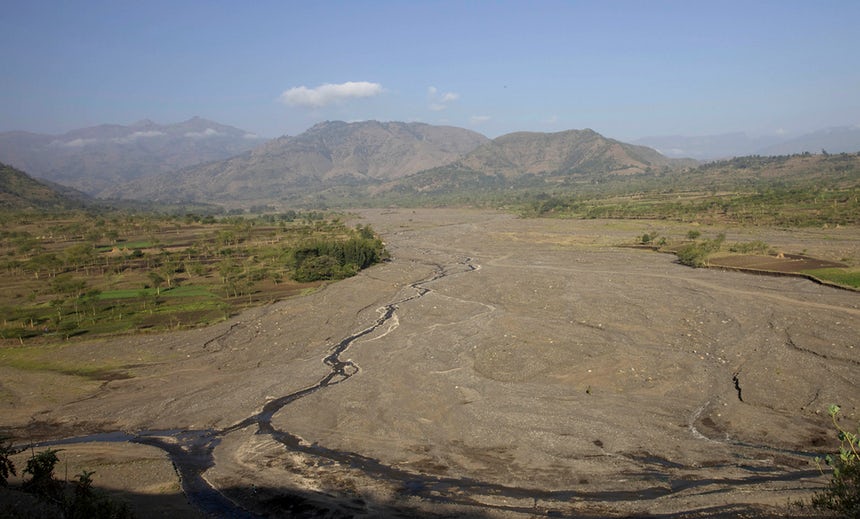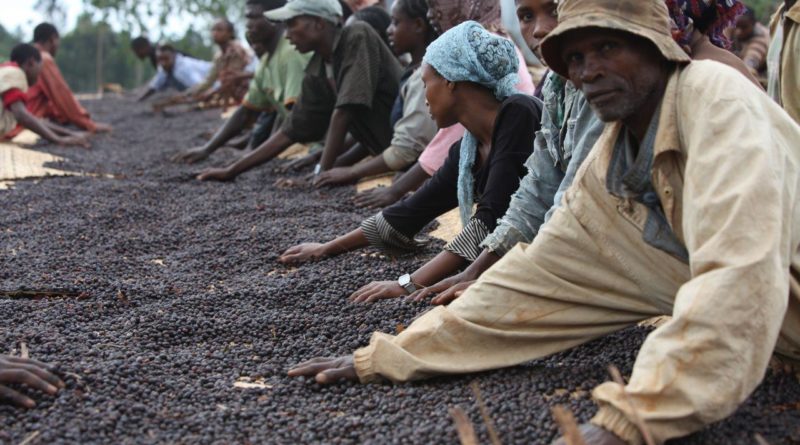Global Warming will wipe out half of Ethiopia’s coffee-growing areas
Global warming is likely to wipe out half of the coffee growing area in Ethiopia, the birthplace of the bean.
The research combined climate-change computer modelling with detailed measurements of current ground conditions, gathered in fieldwork that covered a total distance of 30,000km within Ethiopia.It found that 40-60% of today’s coffee growing areas in Ethiopia would be unsuitable by the end of the century under a range of likely warming scenarios.

One famous coffee location likely to be lost is Harar. Those areas are found nowhere else but Ethiopia, and because of the genetic diversity, the diversity of flavour profiles is globally unique.
Coffee vies with tea as the world’s favourite beverage and employs 100 million people worldwide in farming the beans alone. But climate change is coffee’s greatest long-term threat, killing plantations or reducing bean quality and allowing the deadly coffee leaf rust fungus to thrive.
Without major action both in the coffee industry and in slashing greenhouse gas emissions, coffee is predicted to become more expensive and worse-tasting.
Both arabica and robusta coffee originated in Ethiopia and wild arabica plants are virtually unknown outside the country. The wild arabica varieties may well harbour traits for disease and drought resistance that could prove vital for the future health of coffee crops.
“Coffee originates from the highland forests of Ethiopia, and it is our gift to the world. As Ethiopia is the main natural storehouse of arabica genetic diversity, what happens in Ethiopia could have long-term impacts for coffee farming globally.”
Read More here: Global warming brews big trouble in coffee birthplace Ethiopia


